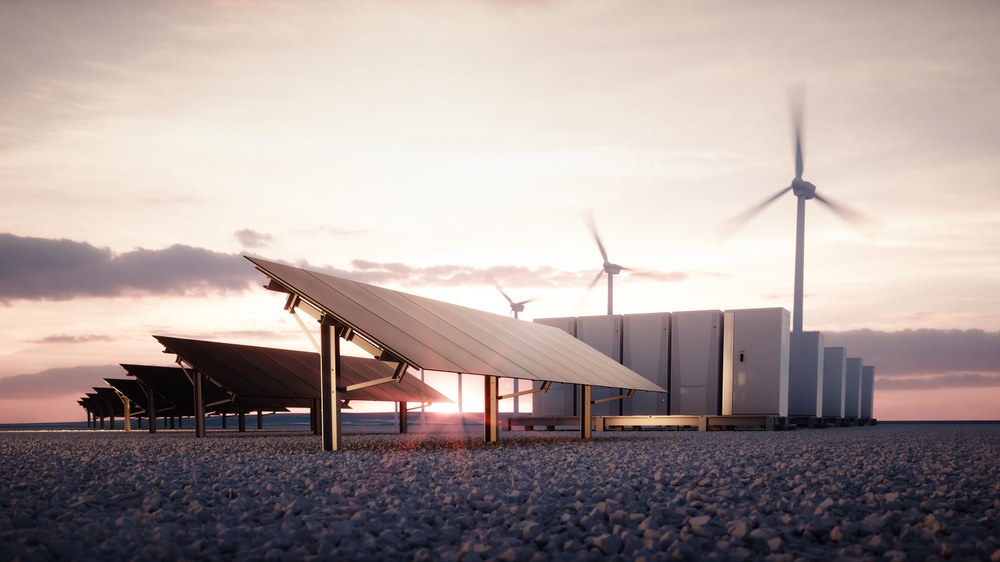HERCULES

Petmal
Round-the-clock renewable heat supply to high-temperature industrial processes
Duration: 1.6.2023 - 31.5.2027
The majority of industrial processes rely on constant temperature heat, which cannot be supplied by sensible heat storage systems – i.e. those that noticeably change their temperature. The EU-funded HERCULES project aims at offering a solution to this problem. The project consortium is developing a novel breakthrough approach towards thermal energy storage of surplus renewable energy via a hybrid thermochemical/sensible heat storage concept.
This is implemented with the aid of porous media made of refractory redox metal oxides and electrically powered heating elements. The specific redox oxides are capable of reversible reduction/oxidation reactions upon heating/cooling in direct contact with air. In the process, heat can be released (exothermic reaction) or extracted (endothermic reaction).
Electricity from renewable sources
The heating elements use surplus/cheap renewable electricity (for example from PVs, wind, or other renewable sources) to charge the porous metal oxide-based storage block by heating it (i.e. charging/energy storage step). Energy is stored in the porous oxide structure both sensibly as well as thermochemically through an endothermic reduction reaction.
Subsequently (i.e. upon demand or when cheap renewable electricity is not available) the fully charged system can transfer its energy back to a controlled, lower-temperature airflow. This passes through the porous oxide block and initiates the exothermic oxidation of the reduced metal oxide. Thus, a hot air stream is produced during this step which can be used to provide exploitable heat for industrial processes.
The primary objective of HERCULES is the provision of industrial heat in a broad range of temperatures, primarily targeting the high temperature range. This is to be achieved via an integrated concept of electrification derived by 100 percent renewable sources and exploitation of any waste heat present in the targeted processes.
HERCULES method offers advantages for industry
The project aims to combine existing products and components (low cost resistive heaters, gas-porous solid heat exchangers) with novel tailor-made configurations of cost-effective and abundant materials. This method offers notable operational advantages such as high storage heat density, low pressure drop, robustness in the course of multi-cyclic charge/discharge operation, compatibility with existing industrial processes and their sensible-only regenerative heat storage systems, and low heat losses achieved via novel thermal insulation solutions.
This approach can eliminate the challenges associated with the currently comercialized/investigated high-temperature heat storage solutions, since:
- The process stores heat in sensible as well as in chemical form, thus expected to achieve more than 2.5 times storage density in comparison to sensible-only heat storage systems. Due to high energy density, the compact system could further improve the heat transfer within the system.
- The concept can provide a constant temperature heat suitable for the majority of industrial processes that have constant temperature requirements. This is in contrast to stationary sensible-only storage systems that provide variable temperature output.
- The gas-porous solid heat storage system acts as a heat exchanger thereby a separate air heater is no longer necessary. This simplifies the overall system, reduces the cost and improves the scalability.
- The HERCULES system can provide oxygen-rich air during discharging which is desirable in many processes such as steel, recycling using pyrolysis – a thermo-chemical conversion process –, and chemical industry and can improve the economics of the process in comparison to sensible heat storage systems.
- The use of cheap and flexible heating elements in HERCULES will reduce the cost and provide design flexibility to the storage in comparison to extremely high-temperature (higher than 1,200 degree Celsius) storage systems.
- HERCULES will develop redox materials which can be reduced at lower temperatures providing thus flexibility in containment, insulation, heating elements material and design.
The research is conducted by an interdisciplinary consortium comprised of leading research centres, universities, innovative small and medium enterprises (SME), and large enterprises including ancillary service providers and technology end users.
Further information is available on the project website:
Project | HERCULES |
|---|---|
Duration | 1.6.2023 - 31.5.2027 |
Project participants |
|
Funding | Funded by the European Commission, through the HORIZON EUROPE, RIA – Research and Innovation Actions programme HORIZON-CL5-2022-D4-01-05, under grant agreement No 101104182. |

